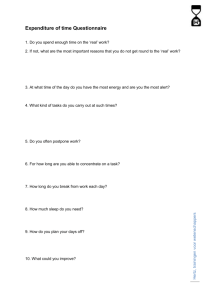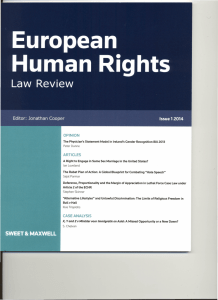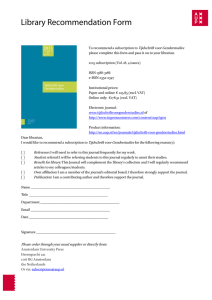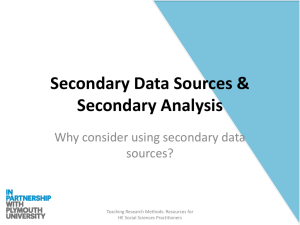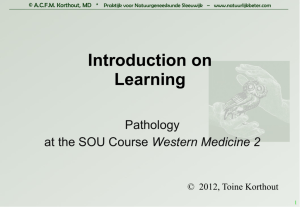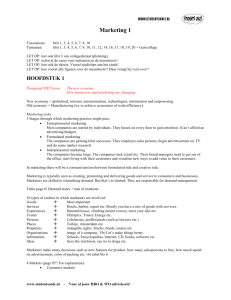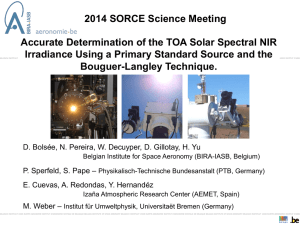Visualizing Regional Healthcare Data
advertisement
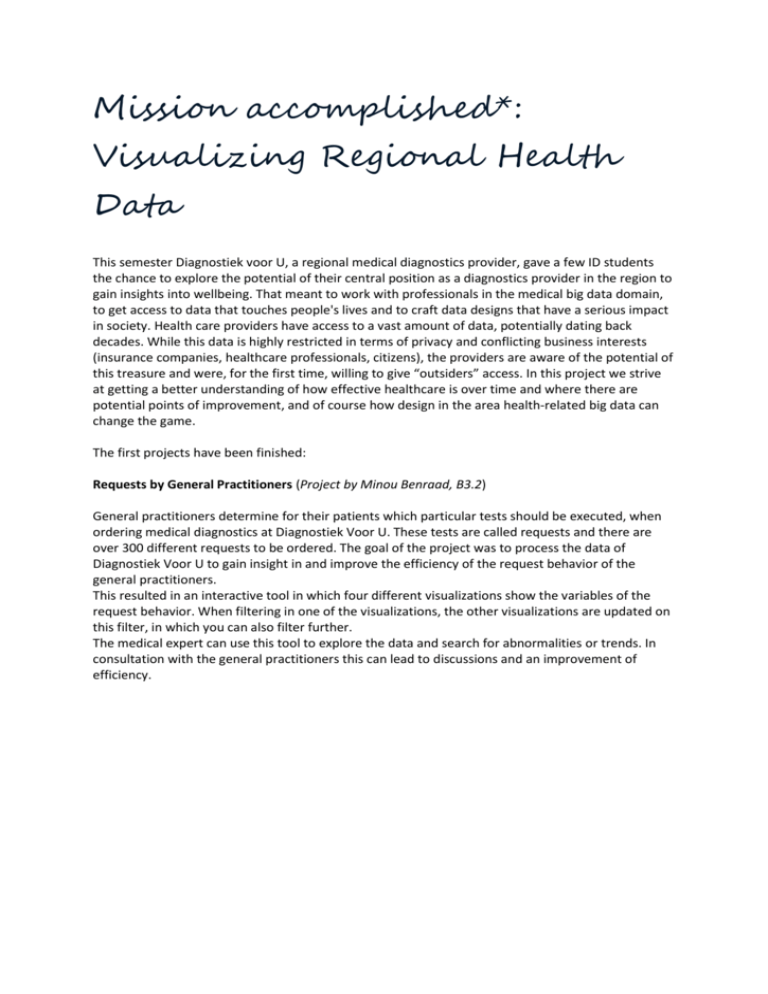
Mission accomplished*: Visualizing Regional Health Data This semester Diagnostiek voor U, a regional medical diagnostics provider, gave a few ID students the chance to explore the potential of their central position as a diagnostics provider in the region to gain insights into wellbeing. That meant to work with professionals in the medical big data domain, to get access to data that touches people's lives and to craft data designs that have a serious impact in society. Health care providers have access to a vast amount of data, potentially dating back decades. While this data is highly restricted in terms of privacy and conflicting business interests (insurance companies, healthcare professionals, citizens), the providers are aware of the potential of this treasure and were, for the first time, willing to give “outsiders” access. In this project we strive at getting a better understanding of how effective healthcare is over time and where there are potential points of improvement, and of course how design in the area health-related big data can change the game. The first projects have been finished: Requests by General Practitioners (Project by Minou Benraad, B3.2) General practitioners determine for their patients which particular tests should be executed, when ordering medical diagnostics at Diagnostiek Voor U. These tests are called requests and there are over 300 different requests to be ordered. The goal of the project was to process the data of Diagnostiek Voor U to gain insight in and improve the efficiency of the request behavior of the general practitioners. This resulted in an interactive tool in which four different visualizations show the variables of the request behavior. When filtering in one of the visualizations, the other visualizations are updated on this filter, in which you can also filter further. The medical expert can use this tool to explore the data and search for abnormalities or trends. In consultation with the general practitioners this can lead to discussions and an improvement of efficiency. Drug Tests from Institutions (Project by Erwin Hoogerwoord and Joep Elderman, M1.2) A joint project done by Erwin Hoogerwoord and Joep Elderman focused on analyzing data on urine analyses. An anonymized dataset of tens of thousands of samples became the basis for a data analysis tool that allows medical professionals to quickly filter a dataset and to easily compare segments of data within the dataset. For example, a medical diagnostics stakeholder can quickly make a selection of drug tests performed in the winter, with patients under the age of 40, testing negative on cannabis; such selections can be made in real-time by “brushing” over the linked charts. Through these interactions medical professionals can get a more general understanding of, for example, drugs usage in institutions in the region as measured by tests at Diagnoostiek voor U. *We want you: Are you interested in an interesting real-life project in the intersection of design and data? Not afraid of intensive interactions with stakeholders, sensitive about the medical domain and willing to learn a lot about applied data visualization techniques? Right on, Diagnostiek voor U in Eindhoven will continue to be client for ID, contact me immediately, the next semester is close and we will have only 4 spots. Send an email to: m.funk@tue.nl - and I will be in touch.
